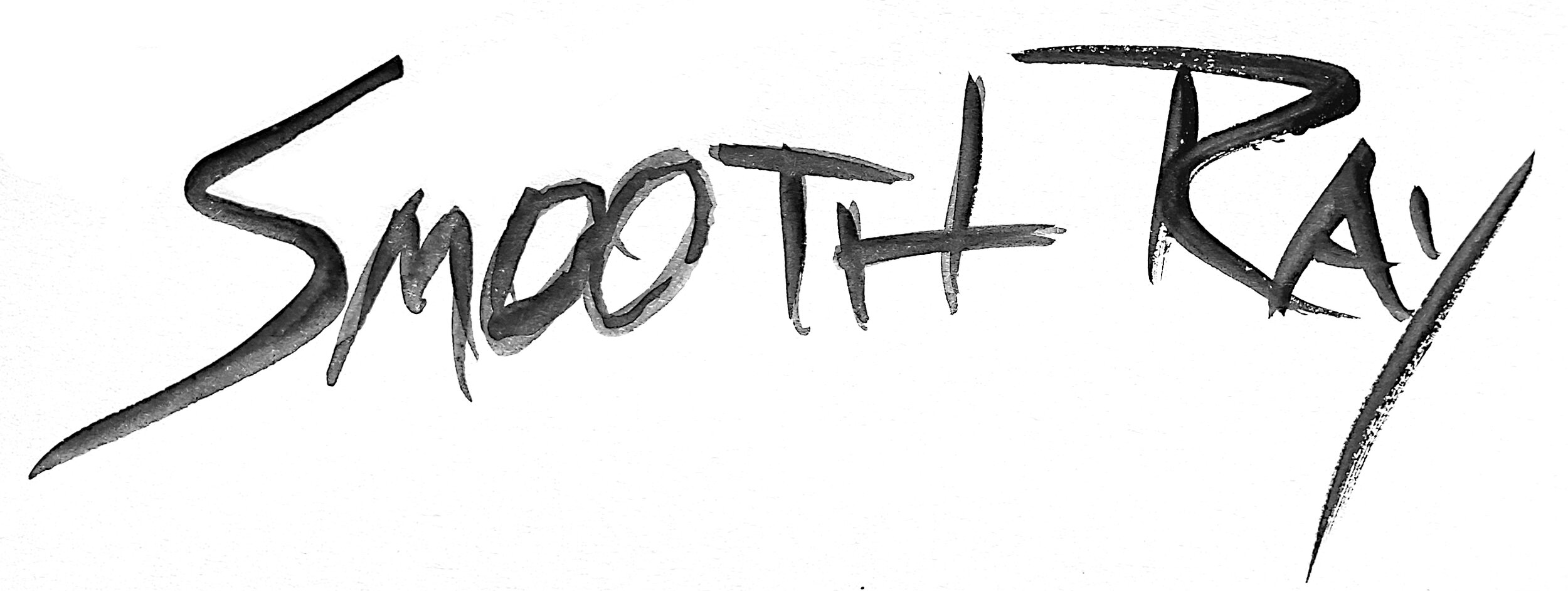Arts Council England has launched a new journal aimed at fostering "discussion about the true value of art and culture to our society." The entire issue is available for download.
In his foreward, Peter Bazalgette chair of ACE, begins with a defense of public funding of the arts, noting:
"The arts define our culture, our identity and our national conversation. And now there is a growing understanding that the arts and culture sector fuels tourism, urban regeneration and our rapidly growing creative economy."
If for no other reason, check out the beautiful building behind Alan Davey. He's the departing Arts Council Chief Executive. Page 40 -- it's hypnotic.
There's a great conversation between English writer Toby Litt and author Neil Gaiman about the power of libraries. Gaiman says he's been in 600 to 700 libraries over the years. Amazing.










